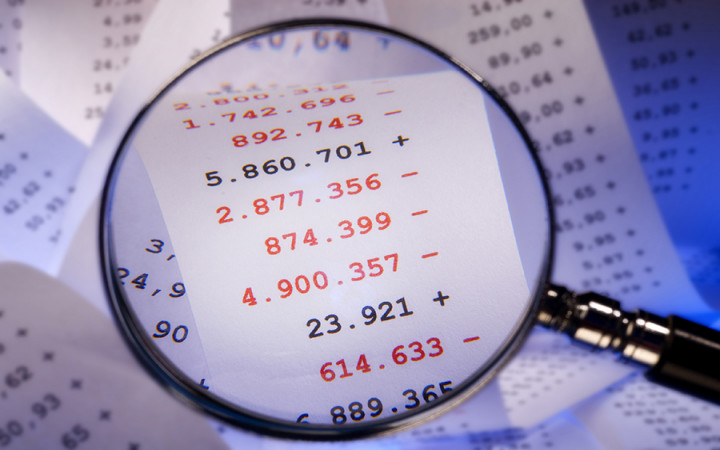Today’s Wonder of the Day was inspired by Laila. Laila Wonders, “how does 0.9999999 equal one?” Thanks for WONDERing with us, Laila!
We were walking through the Wonderopolis pasture the other day when we overheard an interesting conversation between a couple of wolves:
Wolf 1: Hey Wayne! What are you doing with those binoculars?
Wolf 2: Howdy Wendell! I'm counting the sheep in the pasture. 176…177…178…
Wolf 1: Cool! That would make me sleepy. Why are you counting them, though?
Wolf 2: I invited all of them to a birthday party and I need to know how many pieces of cake I'll need. 181…182…183…
Wolf 1: Really? Whose birthday party is it?
Wolf 2: It's my party! 186…187…188…
Wolf 1: But…how did you get sheep to come to a wolf's party?
Wolf 2: I wore my wool sweater when I invited them! 191…192! I'll round up to 200 so I'll be sure to have enough cake.
We suspected something was up, so we went to find the shepherd to make sure he knew about the wolf's party invitation. The wolves' conversation got us to thinking about rounding numbers, though. Why exactly do we do that?
If you've taken math classes for very long, then you've probably learned how to round numbers. The most common method of rounding numbers goes as follows: first, decide which digit will be the last digit you keep (also known as the digit you're rounding to). Then, look at the next digit and leave the last digit the same if the next digit is less than five (round down) or increase the last digit by one if the next digit is five or more (round up). Finally, you replace the digits after the last digit with zero (or leave them off completely if rounding a decimal).
Let's look at Wendell the Wolf's example again to make it clear. He counted 192 sheep and he decided to round to the nearest hundred. So 1 was in the hundreds place and that's the last digit that will be kept. The next digit was 9, which is more than 5. So Wendell rounded up by adding 1 to the 1 and replacing the other digits with zeros to get 200.
What if Wendell had decided to round to the nearest ten? He counted 192 sheep, so 9 was in the tens place and that's the last digit that will be kept. The next digit was 2, which is less than 5. So Wendell would've rounded down by keeping the last digit the same and replacing the remaining digit with 0 to get 190.
Rounding numbers makes them simpler and easier to use. Although they're slightly less accurate, their values are still relatively close to what they originally were. People round numbers in many different situations, including many real-world situations you'll find yourself in on a regular basis.
For example, when you're calculating sales tax on a purchase you're planning to make, you may get a result such as $1.7894. Since change is only handled in hundredths, you'll need to round up to $1.79.
Likewise, you may need an easy way to make simple calculations in your head to determine how many bags of candy you're able to buy at the store. If you have $7 and bags of candy are $1.79, then you know you can purchase 3 bags of candy.
How do you know that? Without doing exact calculations, you can round the price of a bag of candy to $2 (rounding up is your safest bet, since it takes sales tax into consideration and gives you an estimate on the high side) and quickly determine that 3 bags of candy would be about $6 and 4 bags would be about $8.
Finally, it's often just easier to work with rounded numbers, because exact numbers aren't only required. If it takes about 25 minutes to get somewhere, it's simply easier to allow yourself 30 minutes of travel time. If you're talking about the population of New York City, it's easier to work with a figure of 8 million people rather than a more exact figure of 8,214,426 people.
Standards: CCRA.L.3, CCRA.L.6, CCRA.R.1, CCRA.R.2, CCRA.R.4, CCRA.R.10, CCRA.SL.1





